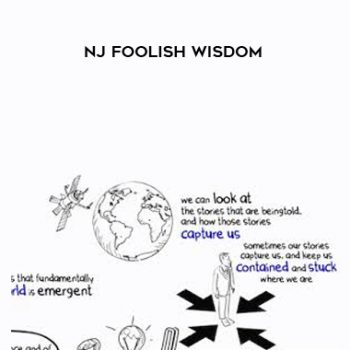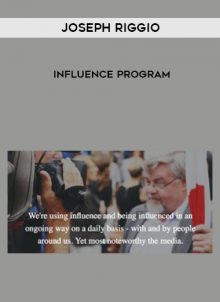
ACT for Eating and Body Image Concerns – Diana Hill
Description:
Caught in a tug of war with food and weight, many clients presenting for therapy suffer in their battle with body image and eating.
Entangled in preoccupation about weight loss and feeling stuck in cycles of rigid dieting, the chaos of overeating, shame, and hopelessness clients present with negative self-worth, eating disorders, relationship problems, anxiety, or depression.
But it doesn’t have to be this way.
Watch Acceptance and Commitment Therapy (ACT) expert and author Diana Hill, Ph.D., to learn ACT—a fresh, modern and evidence-based approach—for treating eating and weight concerns.
In this experiential training, Dr. Hill will guide you through a new way of conceptualizing eating concerns as an attempt to control or avoid the discomfort of living. You’ll learn ACT practices to help clients build the superpower of psychological flexibility—the skill they need to stay present, open, and free to engage in what matters most to them, even in the face of life’s many obstacles.
Attend and learn…
Powerful strategies to motivate clients to choose a different path
Experiential exercises to increase acceptance, willingness, and allowing of difficult feelings and cravings
“Beginners mind” and “one-eye-in one-eye-out” to increase client’s contact with the present moment
How to apply cognitive defusion strategies with clients
“The attuned parent” strategy to increase client’s perspective taking and self-compassion
Values-based action plans to guide clients in taking committed action toward their values
Purchase today to begin your journey with helping clients let go of their struggle with food and weight and direct their energy toward building rich and meaningful lives!
Outline:
Why ACT for Eating and Weight Concerns?
A New Approach to an Old Problem
Latest research on ACT for eating disorders and weight concerns
Avoidance and control in the development and maintenance of chronic dieting and overeating
Metaphor to illustrate the paradox of control
Creative hopelessness to motivate clients to try something different
Psychological Flexibility (PF) as a new path
ACCEPTANCE-BASED STRATEGIES & EXPERIENTIAL EXERCISES TO BUILD PSYCHOLOGICAL FLEXIBILITY
Being Present: Help Clients Live in the Now
How being present relates to eating and weight concerns
Shift clients from “doing something” about their body to “being in” their body
Cultivate beginner’s mind and one-eye-in, one-eye-out skills
Practices for embodied eating and embodied movement
Cognitive Defusion: Help Clients Get Space from their “News Feed”
A different approach to preoccupation with food and weight
The paradox of trying to control thoughts about eating and weight
A new metaphor for preoccupation with food and weight
Practices for food rules, shoulds, body comparison, and “what the heck” thoughts
Acceptance: Help Clients be Courageous, Willing and Open
What acceptance is and what it is not
How chronic dieting, preoccupation with food, emotional overeating, and over-exercise can serve as experiential avoidance strategies
How to use the experiential avoidance roundabout metaphor with clients
Practices for willingness and curiosity to expand clients’ window of flexibility
Perspective Taking: Help Clients Take in the View
How rigid self-stories about eating and weight limits flexibility and connection
How to identify when a client is stuck in a self-story
Practice flexible perspective taking with clients
Cultivate an “attuned parent’ perspective to increase self-compassion and wise responses with food and weight
CHANGE-BASED STRATEGIES AND EXPERIENTIAL EXERCISES TO BUILD PSYCHOLOGICAL FLEXIBILITY
Values: Help Clients Choose Direction
How values are defined in ACT
The role of values in motivating change
How to use the choice point model to increase awareness of values
Committed Action: Help Clients Fall on Purpose and Why it Matters
Uncover intrinsic motivation for change with values
Focus on action over outcome while working toward change
Behavioral science to support small, sustainable changes
Create values-based action plans
Integration: Practice putting it all together
Case examples
How to use the 6 core processes when clients are off track
The role of therapist PF in supporting client psychological flexibility
Limitations of research and potential risks
NLP online course
So what is NLP?
Firstly, NLP stands for Neuro-Linguistic Programming. Secondly neuro refers to your neurology;
Thirdly linguistic refers to language however, programming refers to how that neural language functions.
As a result,In other words, learning NLP is like learning the language of your own mind!
Moreover, NLP is the study of excellent communication–both with yourself, and with others.
It was developed by modeling excellent communicators and therapists who got results with their clients.
NLP is a set of tools and techniques, but it is so much more than that.
In conclusion, It is an attitude and a methodology of knowing how to achieve your goals and get results.













tristian –
This is Digital Download service, the course is available at Vincourse.com and Email download delivery.